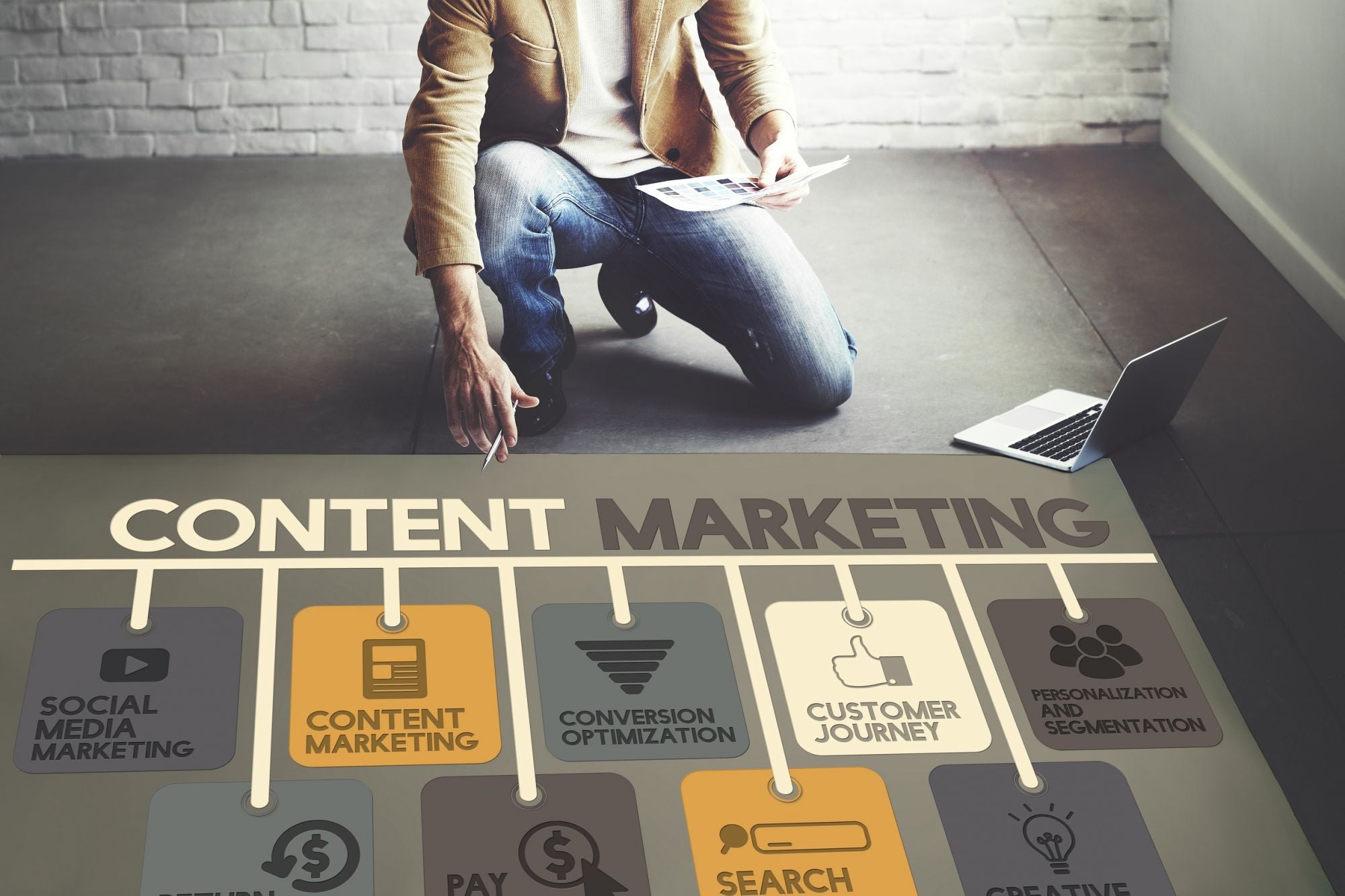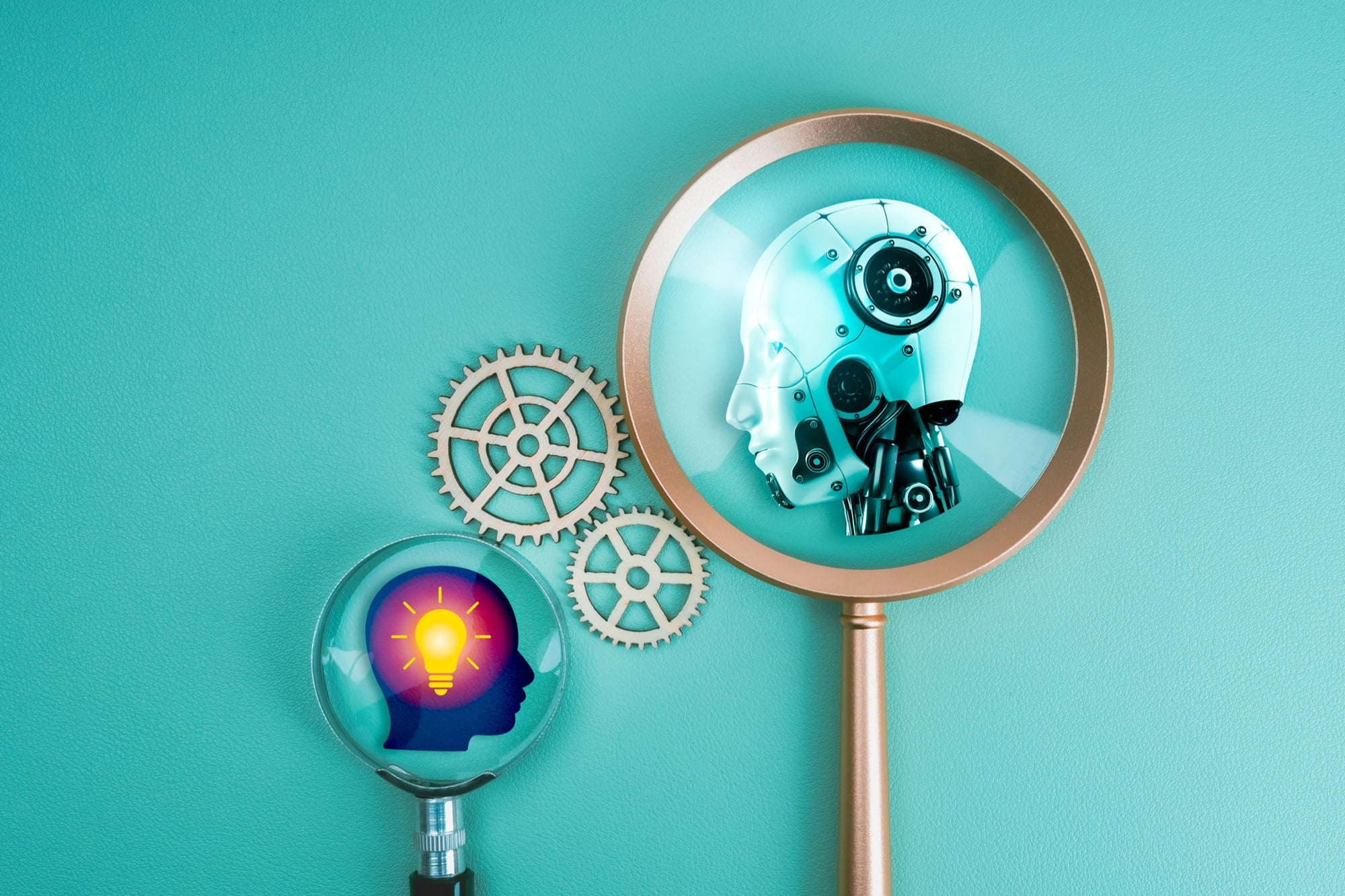How Generative AI Will Enable More Inclusive Digital Experiences Despite the continuous tide of positive change, a certain demographic has struggled with accessing the web.
Opinions expressed by BIZ Experiences contributors are their own.
You're reading BIZ Experiences Asia Pacific, an international franchise of BIZ Experiences Media.

The internet is a vast ecosystem offering users pages upon pages of content, access to unique online shopping experiences, and lots more. Additionally, more and more AI-driven tools have flooded this virtual environment, enabling people to improve their productivity among other things. Despite the continuous tide of positive change, a certain demographic has struggled with accessing the web.
Consider a website that publishes written content on movies but doesn't include the alt text feature in the accompanying images. While the average person may not fault this, it translates into reduced access for those with low vision and people using screen readers. Similarly, a video lacking closed captions stops people with limited hearing from fully enjoying it. The issue of website inaccessibility not only widens the divide between people with disabilities and those without but ensures, unfortunately, that a major group remains underserved.
According to the World Health Organization (WHO), the world has an estimated 1.3 billion people living with disabilities. For context, that's 16% of the earth's population or 1 in 6 people. Ideally, websites and other technological tools should be built to not only portray one's brand identity, but developers must also ensure they consider everyone when writing the website code.
Unfortunately, a Forbes article stated that just 3% of all websites are accessible to people with disabilities. It goes further to note that many website developers don't know the steps needed to correct this anomaly. Interestingly, some IT teams aren't aware that digital accessibility is a must-have in today's world.
What the law says on digital accessibility
Given the fact that people with special needs comprise a primary minority group in the world, certain regulations and standards have been laid down to guide website developers in ensuring that their digital experience isn't compromised. For instance, the Web Content Accessibility Guidelines (WCAG) show "how to make web content more accessible to people with disabilities."
Among the WCAG's criteria for web accessibility, there's the "orientation" criterion which expects content on the web not to "restrict its view and operation to a single display orientation, such as portrait or landscape, unless a specific display orientation is essential." When websites are built with the above requirement in mind, people with disabilities can have a great experience whether they use the tablet horizontally (landscape) or vertically (portrait).
Apart from this, another significant rulebook on digital accessibility for people with disabilities exists. In America where 1 in four adults have a disability, The Americans with Disabilities Act (ADA) clarifies how governments and companies can deliver an equal experience to people with disabilities. It also identifies some common website accessibility issues like poor color contrast and mouse-only navigation.
This article would typically close with a call to website developers to familiarize themselves with the above standards for better website accessibility. However, the ever-increasing buzz about AI and its capabilities has yielded a useful tool that can help developers design inclusive website experiences for all visitors.
Meet FixMyCode, a coding assistant
The constant growth of AI technology keeps stimulating conversations about its good and potentially dangerous sides. Many AI tools keep flooding the internet, whetting the ever-growing appetite of people seeking help with meeting notes, content management, and more. Among the popular tools are ChatGPT, Bard, Grammarly, Sythensia, and others.
Despite the high volume of AI-led products available today, none were built to help website developers comply with accessibility guidelines for people with disabilities. That's why FixMyCode—a new generative AI coding tool built by UserWay—deserves a mention. It seeks to fill a large void.
According to UserWay CEO Allon Mason, UserWay's FixMyCode was initially built for the company's accessibility and quality assurance teams. Now, a beta version is available for public use as part of efforts to ensure that the future crop of websites complies with international digital accessibility standards.
UserWay claims this is "the first coding assistant trained in digital accessibility and ADA compliance." The AI-led tool empowers developers and IT teams to build "more inclusive and usable end-user experiences faster." UserWay's engineers trained FixMyCode based on WCAG, meaning, that when developers prompt it to write a website code, they'll get responses that will enable them to build an all-inclusive site.
Commenting on its abilities, Mason says "front end developers who haven't undergone years of WCAG training can now get up to speed, rapidly, with authoring code that will eventually have the potential to work for users of all abilities. Together, we're harnessing generative AI technologies for a more inclusive digital world."
The road to an accessible digital world
Essentially, FixMyCode eliminates the need to train developer teams using WCAG. Already incorporated during the tool's training, developers can easily code accessible websites by using a prompt. This will greatly bridge the digital divide for people with disabilities.
However, generative AI brings its share of data privacy concerns. After all, Google did notify its workers to stop using ChatGPT and Bard to generate computer code. Samsung, Amazon, and Apple are other top-tier companies that have equally warned staff to be careful when using chatbots. But the makers of FixMyCode—who boast companies like CocaCola, Disney, Payoneer, Porsche, Toyota, and Nielsen and on their client list— say data privacy and security were top-of-mind when building the product. The quest to build a more accessible digital world is well underway and UserWay—the global digital accessibility company—wants to lead the charge.












